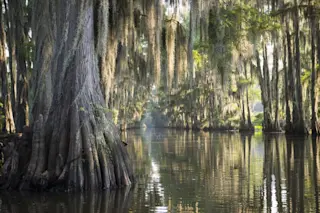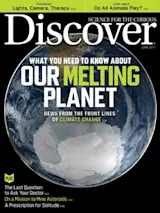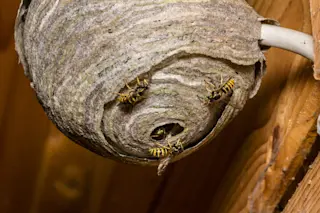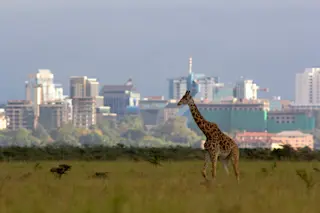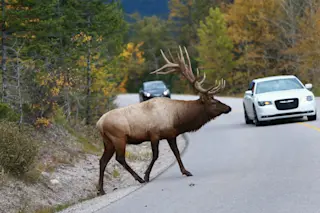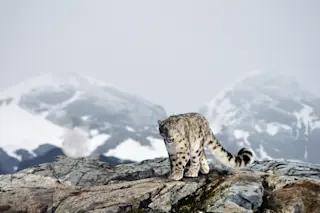1. Is a swamp any swampier than, say, a marsh or mire? It depends. Some dictionaries and government agencies define swamps as forested.
2. Other institutions get less bogged down in the details and consider any soggy spot a swamp. The preferred general term by researchers, however, whether talking swamp, marsh or mire, is wetlands.
3. Wetlands, generally speaking, are any land where the water table is at or near the surface and the level of water saturation determines the flora and fauna that live there, as well as the substrate, or soil.
4. Most plants and animals not specifically adapted to live in wetlands don’t. The omnipresent water makes it too difficult for outsiders to thrive there.
5. Species native to wetland ecosystems can be rather enterprising. Many carnivorous plants evolved in swampy settings, adapting to eat insects and other critters because they couldn’t get needed nutrients from the ...


